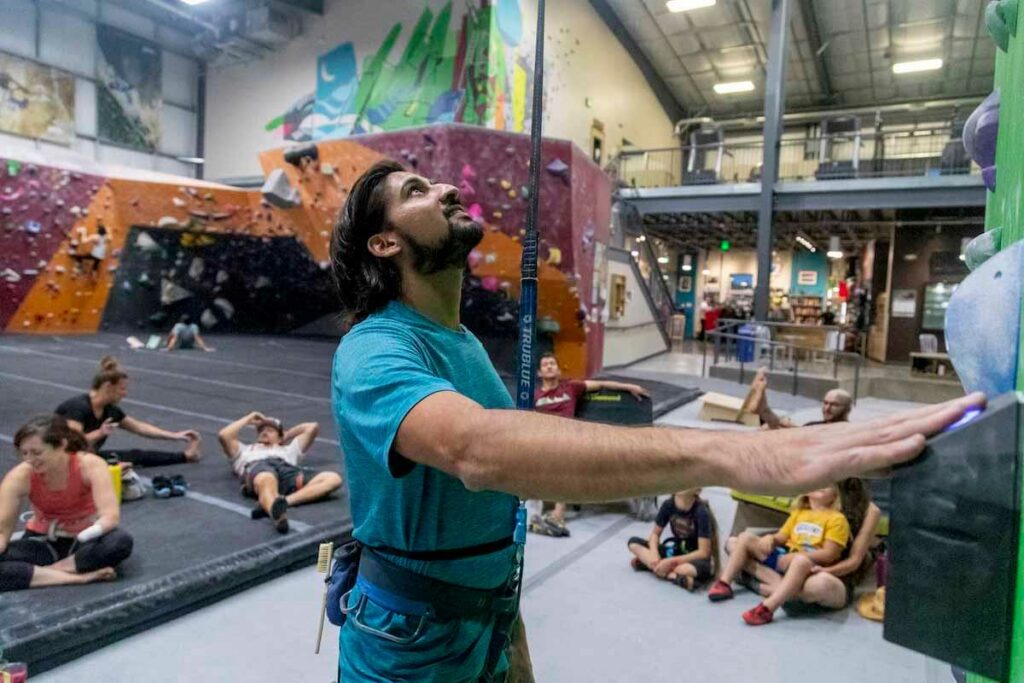There are two main types of zip line trolley retrieval systems. Most people instinctively picture a system that brings the trolley back to the start and resets the zip line for the next rider, like the zipBACK. These systems work best for shorter zip lines and are mostly reserved for backyard setups or very short zip lines. There's another system that is crucial for commercial zip line facilities and zip line courses where it doesn't make sense to return the trolley to the top of the zip line. This second type of system captures the rider at the end of the zip line and makes sure they get back to the zip line platform.
A perfect zip line would end with the rider approaching platform and slowing to a stop in the perfect spot on the platform. In the real world, though, some riders come in faster and some come in slower depending on many variables. That means there will be instances where riders stop short of the platform. Zip line trolley retrieval systems are designed to easily pull riders in from beyond the platform to increase throughput and improve the rider experience.
Retrieving the Rider Trolley
Commercial zip lines aim to accommodate the widest range of rider weights possible, but the problem is that a large adult will make it to the platform while a smaller child might not. Many factors affect rider speed, so a simple headwind can significantly slow down riders and keep them from reaching the platform at the end. In adverse conditions, it's possible for even the heaviest rider to stop short of the landing platform.
Zip line trolley retrieval systems at the end of the zip line help address this problem of stopping short. This is because both the rider and the trolley are being retrieved at the same time. In this type of retrieval system, the rider trolley and brake trolley are fitted with rider capture accessories. When the participant enters the braking system, the rider trolley and the brake trolley connect via a system of hooks and spring-activated latches.
Once the brake trolley and rider trolley are connected the guide can easily pull the rider into the platform.
This setup prevents riders that stop short from waiting to be rescued or having to pull themselves back to the platform. People go on zip lines for the scenic views and the thrills; no one wants an upper body workout at the end of their ride. Also, a psychological phenomenon known as the peak-end rule says that the end of an experience can be the most memorable portion. Even if every other part of your zip line experience is amazing, the last few minutes of being rescued or attempting self-rescue could permanently damage the entire experience.
Rider capture systems like these have clear user experience benefits but will also increase the throughput of your zip line. In commercial zip line installations throughput is the name of the game. The more people you can get down your zip line, the higher your potential maximum revenue. End of the line retrieval systems will eliminate minutes of inefficiency. Instead of waiting for a rider to pull themselves back to the platform or sending a guide out to pull a rider back in, guides can quickly pull riders in with a mechanical advantage. That way you can get more people down the line with less work from both your guides and your participants.
Head Rush created a zip line trolley retrieval system through two simple accessories. The LightSpeed Impact Trolley is a professional zip line trolley that can be fitted with several different attachments. One of these attachments is a hook that interfaces with the catch mechanism on the brake trolley. These simple hook and catch accessories are all it takes to create an effective retrieval system that will increase the throughput and improve the user experience on your zip line.



